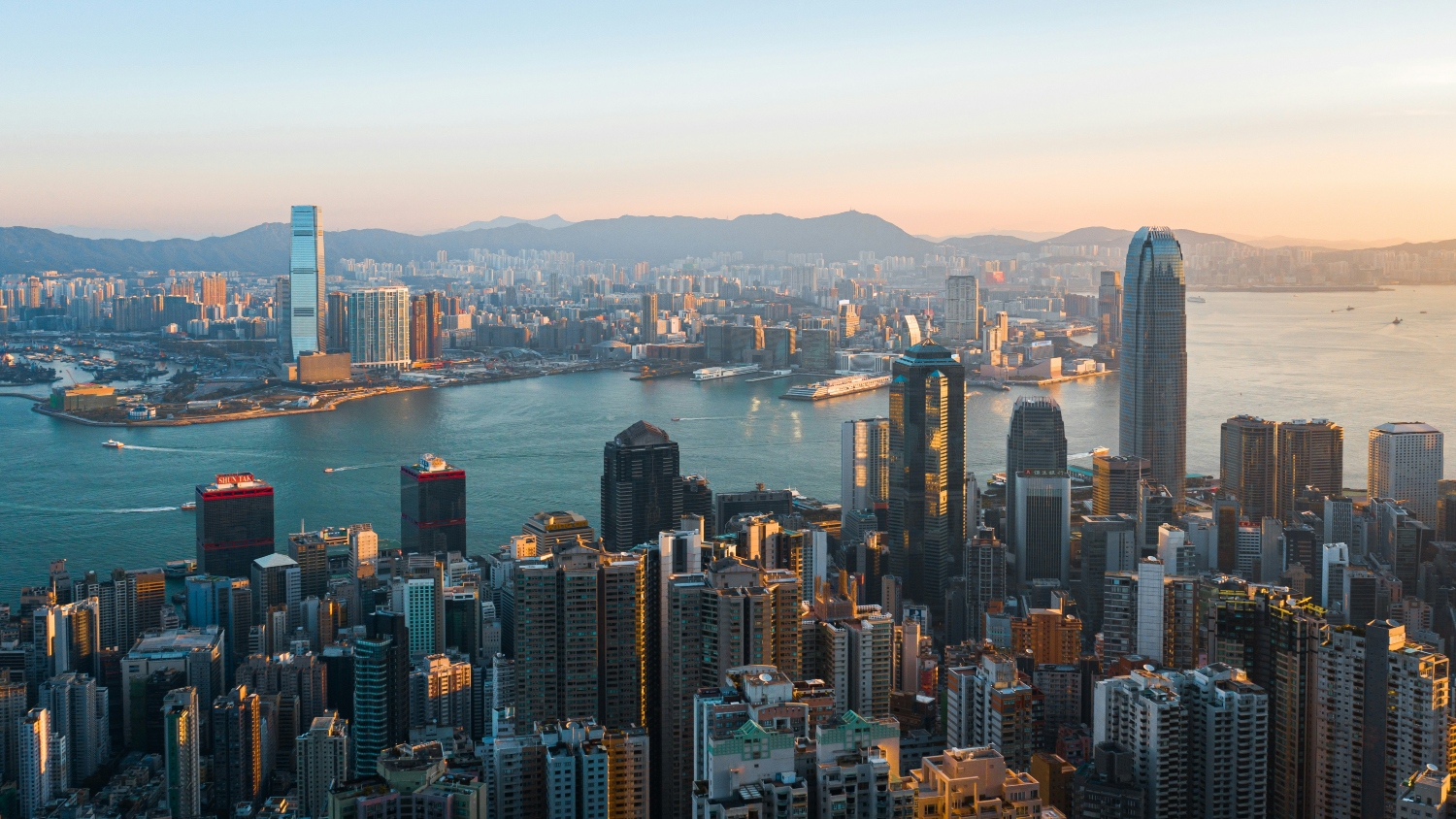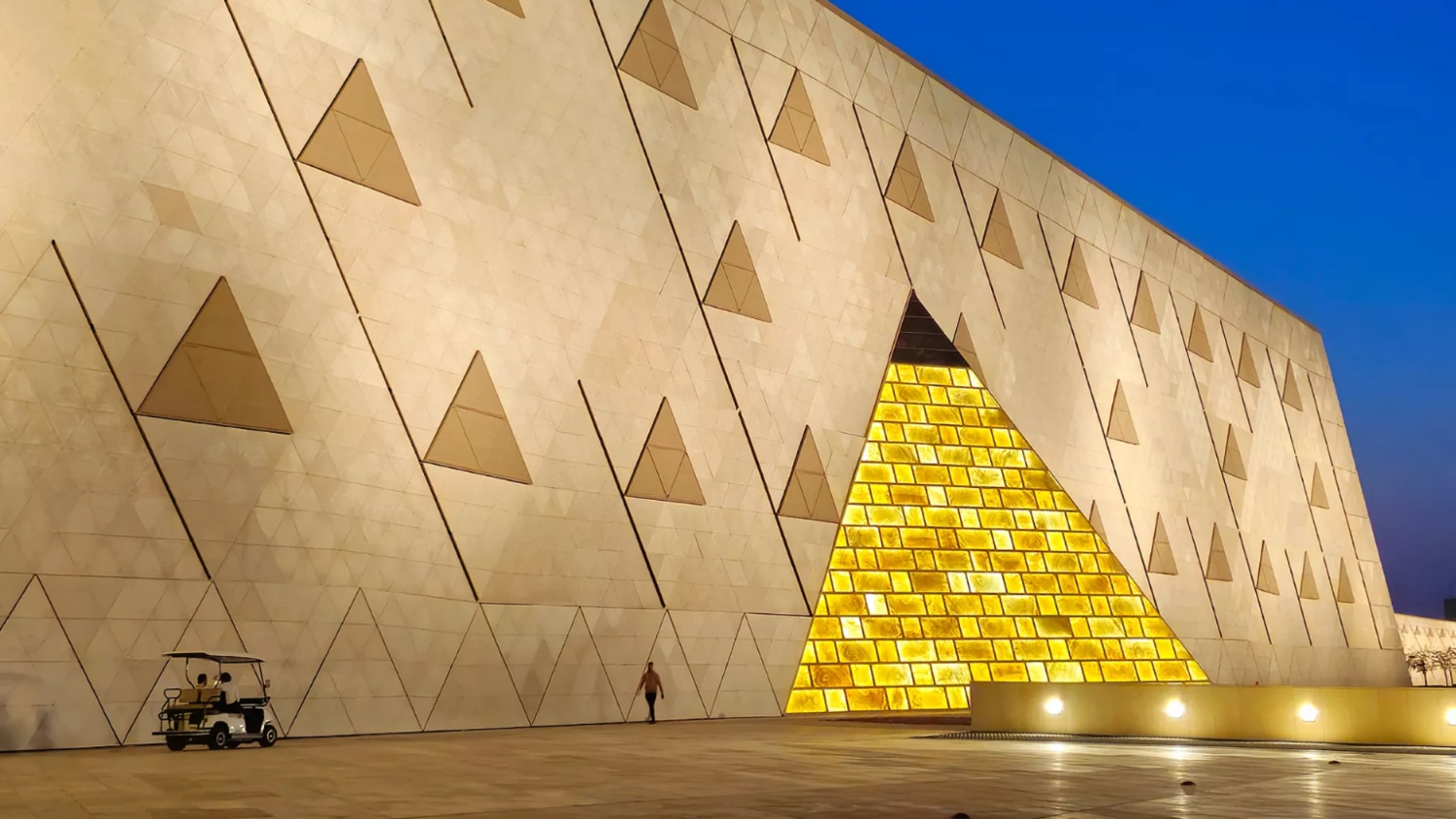The world turns its gaze once again to Japan as Osaka plays host to the next World Expo – an event that promises to be as ambitious as it is awe-inspiring. Set on Yumeshima Island, a man-made stretch of land in Osaka Bay, Expo 2025 invites countries, corporations, and visionaries to come together under the theme “Designing Future Society for Our Lives.”
With innovation, sustainability, and well-being at its core, this six-month-long celebration of human ingenuity (opening April 13 and running through October 13, 2025) is poised to offer visitors not just a showcase of cutting-edge technologies, but a glimpse into the possibilities of tomorrow.
More than 160 participants are set to transform the island into a spectacular global village of ideas. The Expo showcases groundbreaking innovations in medicine, space exploration, artificial intelligence, and sustainability, and central to the Expo is the “Grand Ring,” the world’s largest wooden structure, encircling thematic pavilions that offer immersive experiences into the future of humanity.
But with so much to see, where should you begin? We’ve handpicked a selection of the most compelling pavilions, each weaving its own narrative of creativity, culture, and vision for the future.

Japan Pavilion
Designed by Tokyo-based firm Nikken Sekkei, the Japan Pavilion, titled “Between Lives,” delves into the interconnectedness of all life forms. Constructed from cross-laminated timber sourced from Japanese cedar, the pavilion embodies sustainability and will be repurposed post-Expo. Inside, visitors explore themes of transformation and renewal, experiencing a biogas system that converts waste into energy, symbolising life’s continuous cycles.
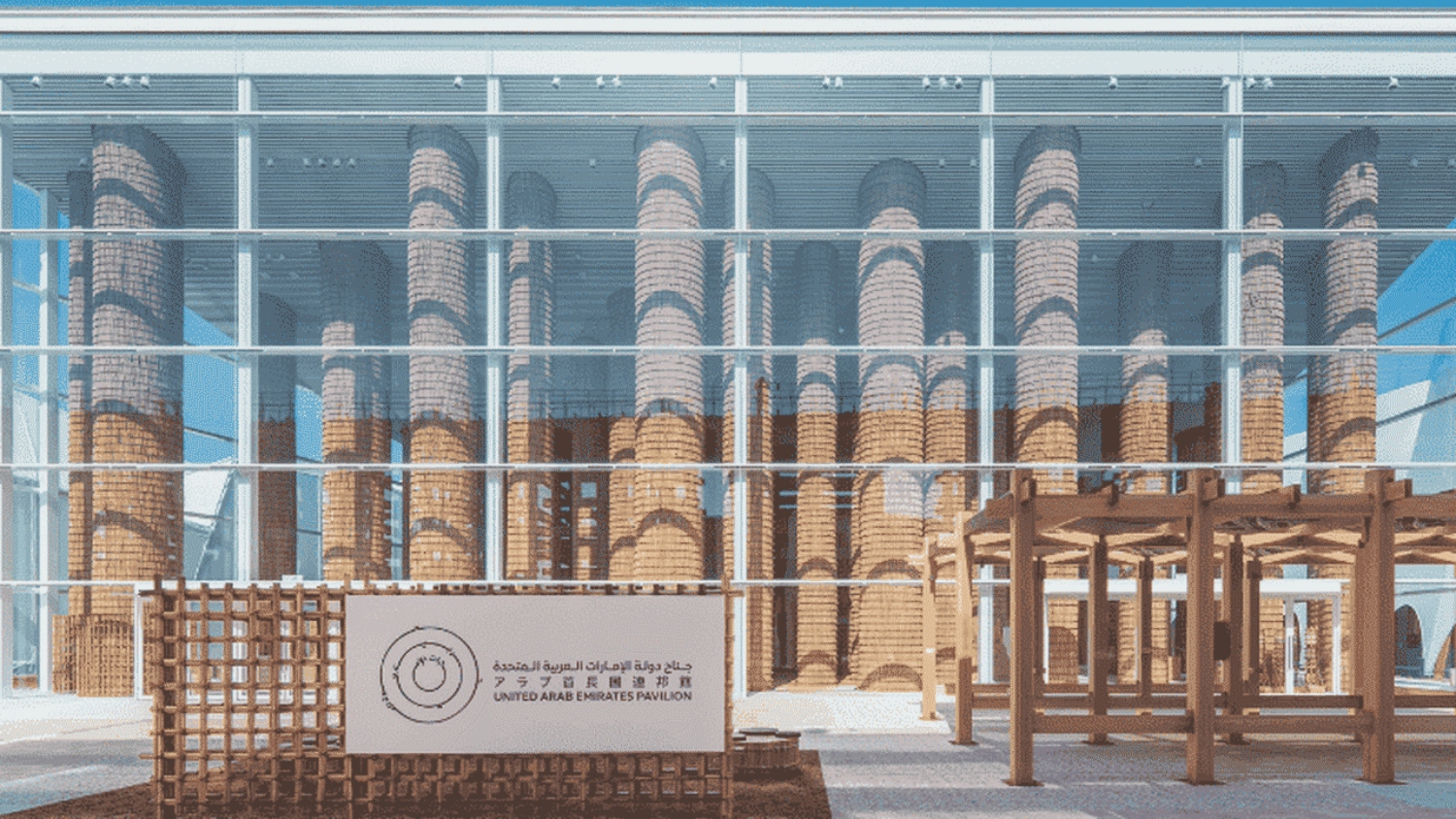
United Arab Emirates Pavilion
The UAE Pavilion draws inspiration from the date palm, a symbol of Emirati heritage, and integrates Japanese woodworking techniques. Utilising palm stems from agricultural waste, the pavilion emphasises sustainability and cultural exchange. Exhibits focus on the UAE’s advancements in healthcare, space exploration, and sustainable technologies, highlighting a commitment to co-creating solutions for global challenges.
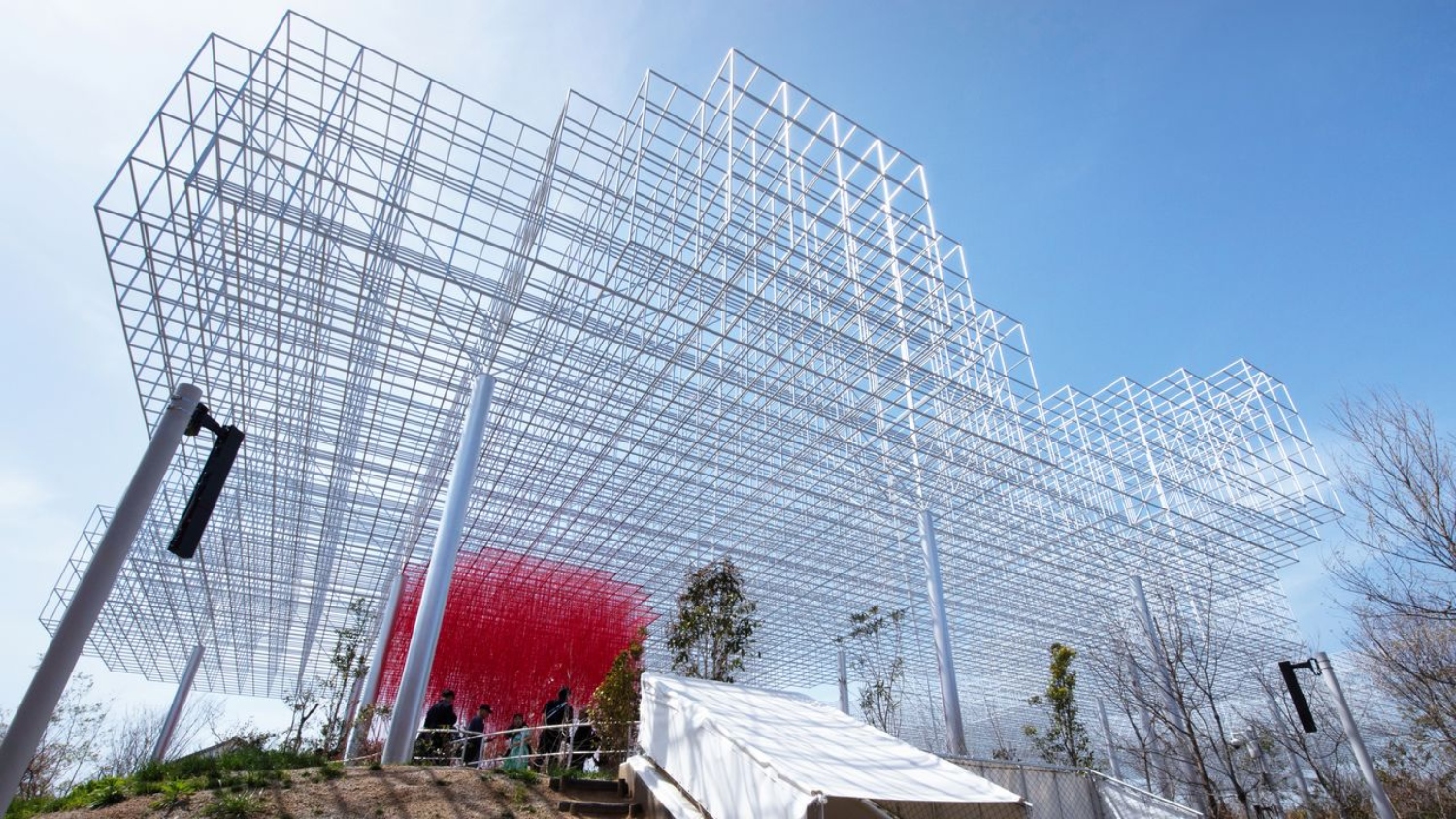
Better Co-Being Pavilion
Curated by Professor Hiroaki Miyata, the “Better Co-Being” pavilion offers an immersive journey through three sequences: “Resonance between People,” “Resonance between People and the World,” and “Resonance between People and the Future.” Set within the “Forest of Tranquility”, the pavilion, built without a roof or walls, encourages visitors to connect deeply with themselves, others, and the environment, envisioning a harmonious future society.
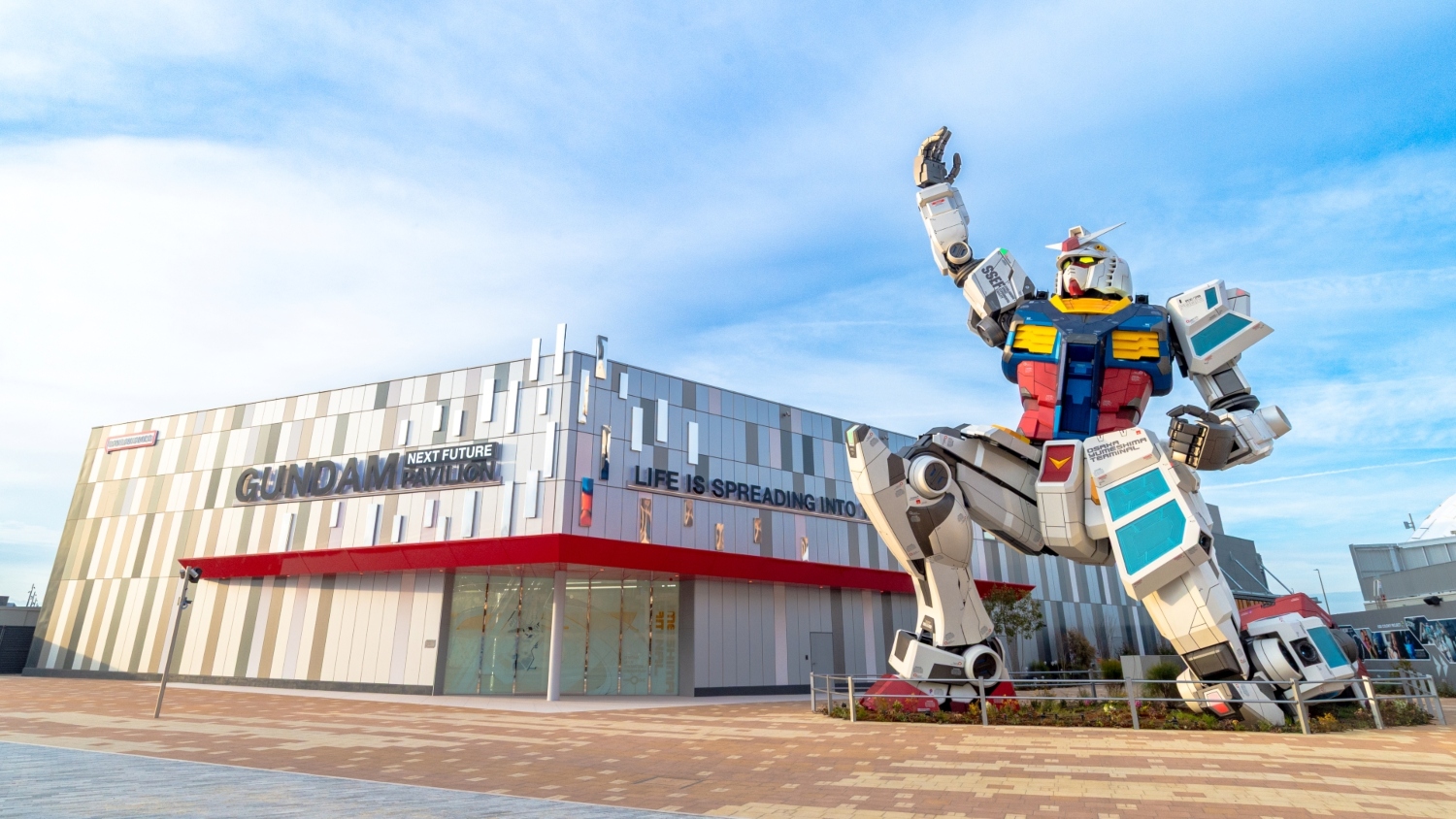
GUNDAM NEXT FUTURE Pavilion
Fans of the iconic anime series will be thrilled by the GUNDAM NEXT FUTURE Pavilion, showcasing a life-sized 17-metre-tall Gundam statue. The pavilion extends various immersive experiences that blend the real and virtual worlds, exploring themes of future societies and technological advancements inspired by the Gundam universe.
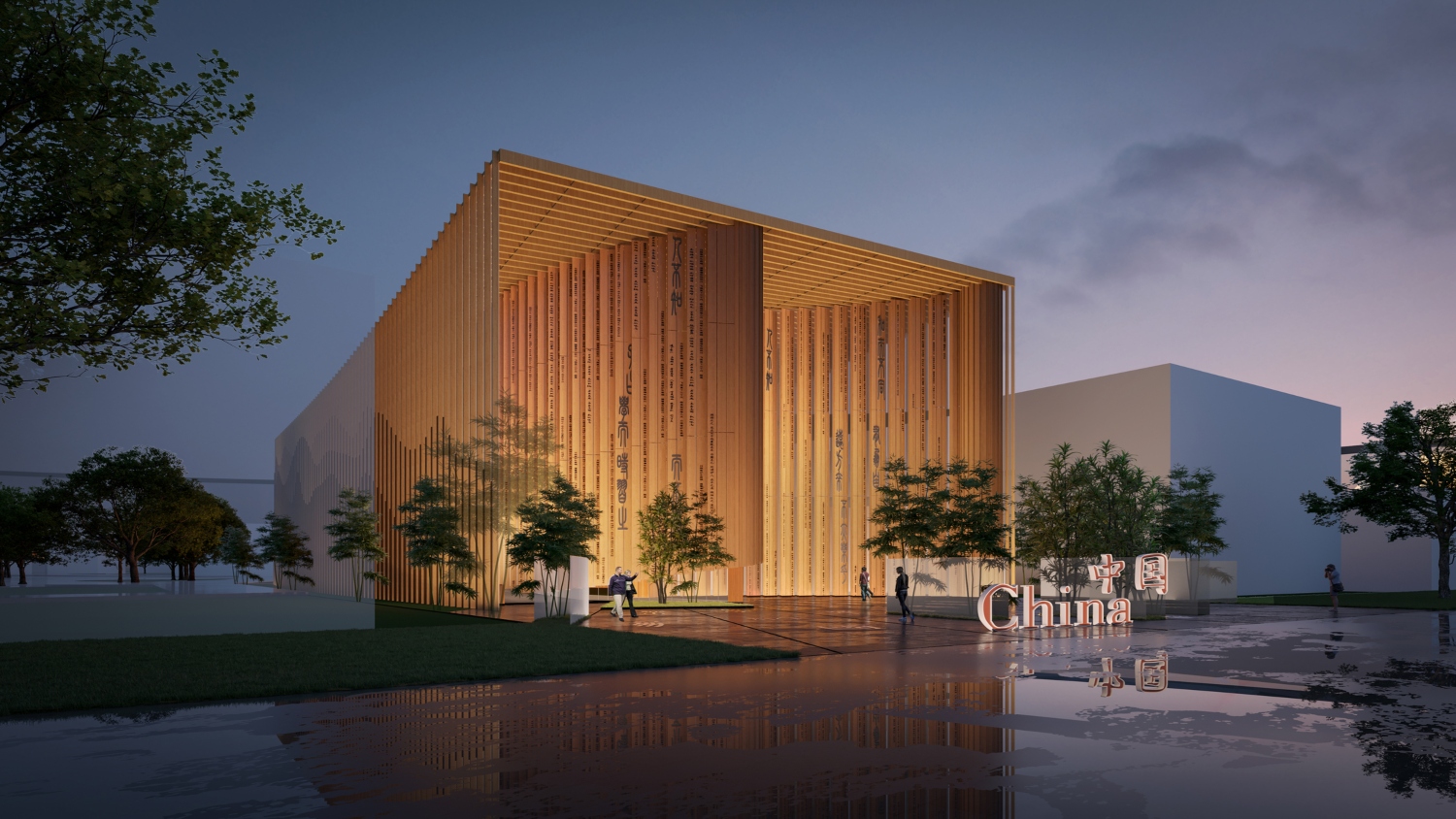
China Pavilion
The China Pavilion, themed “Building a Community of Life for Man and Nature,” draws inspiration from ancient bamboo slips, symbolising the transmission of knowledge. Spanning 3,500 square metres, the pavilion places an emphasis on green development and showcases China’s commitment to ecological sustainability and cultural heritage.
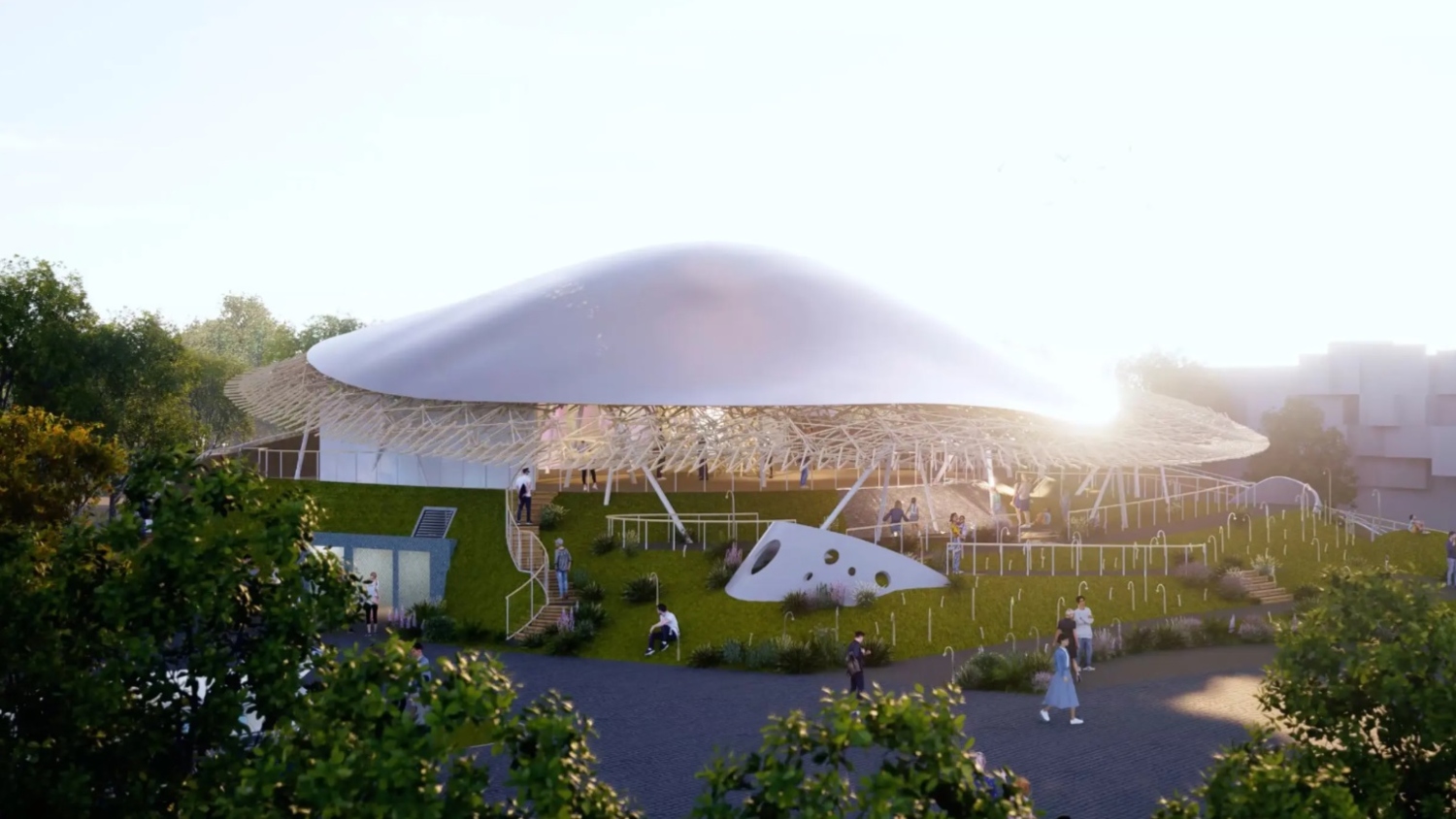
Jellyfish Pavilion
Embodying the theme “play within your flow,” the Jellyfish Pavilion is a dynamic space that evolves throughout the Expo. Its fluid architecture and interactive exhibits encourage creativity and denotes the ever-changing nature of life. Post-Expo, the pavilion’s components will be repurposed, reflecting a commitment to sustainability and continuous growth.
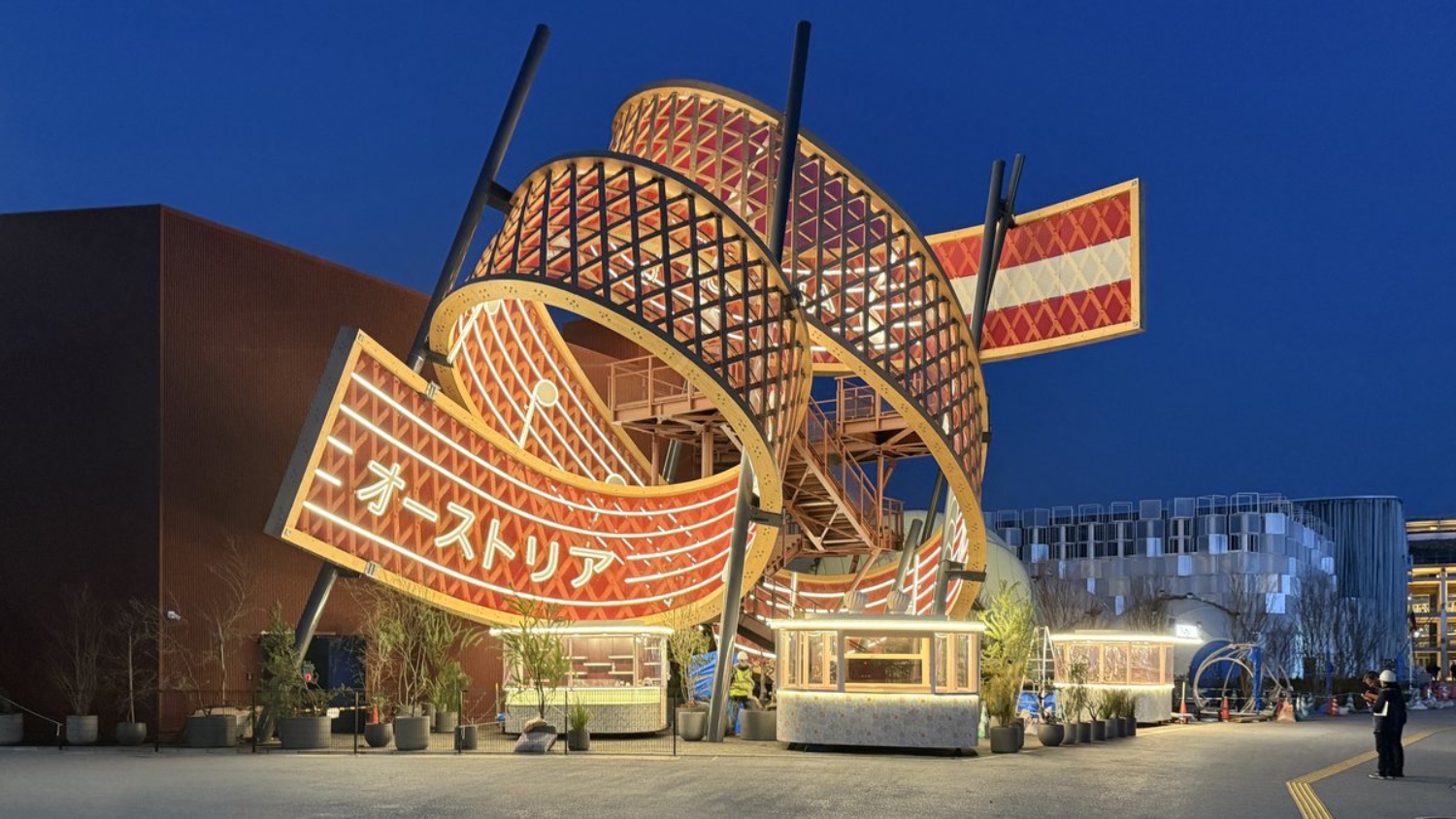
Austria Pavilion
Austria’s pavilion, “Composing the Future,” uses music as a metaphor to illustrate harmony between humanity, nature, and technology. Featuring a spiral sculpture resembling a musical staff and constructed from sustainable materials, the pavilion celebrates Austria’s musical heritage while promoting eco-consciousness.
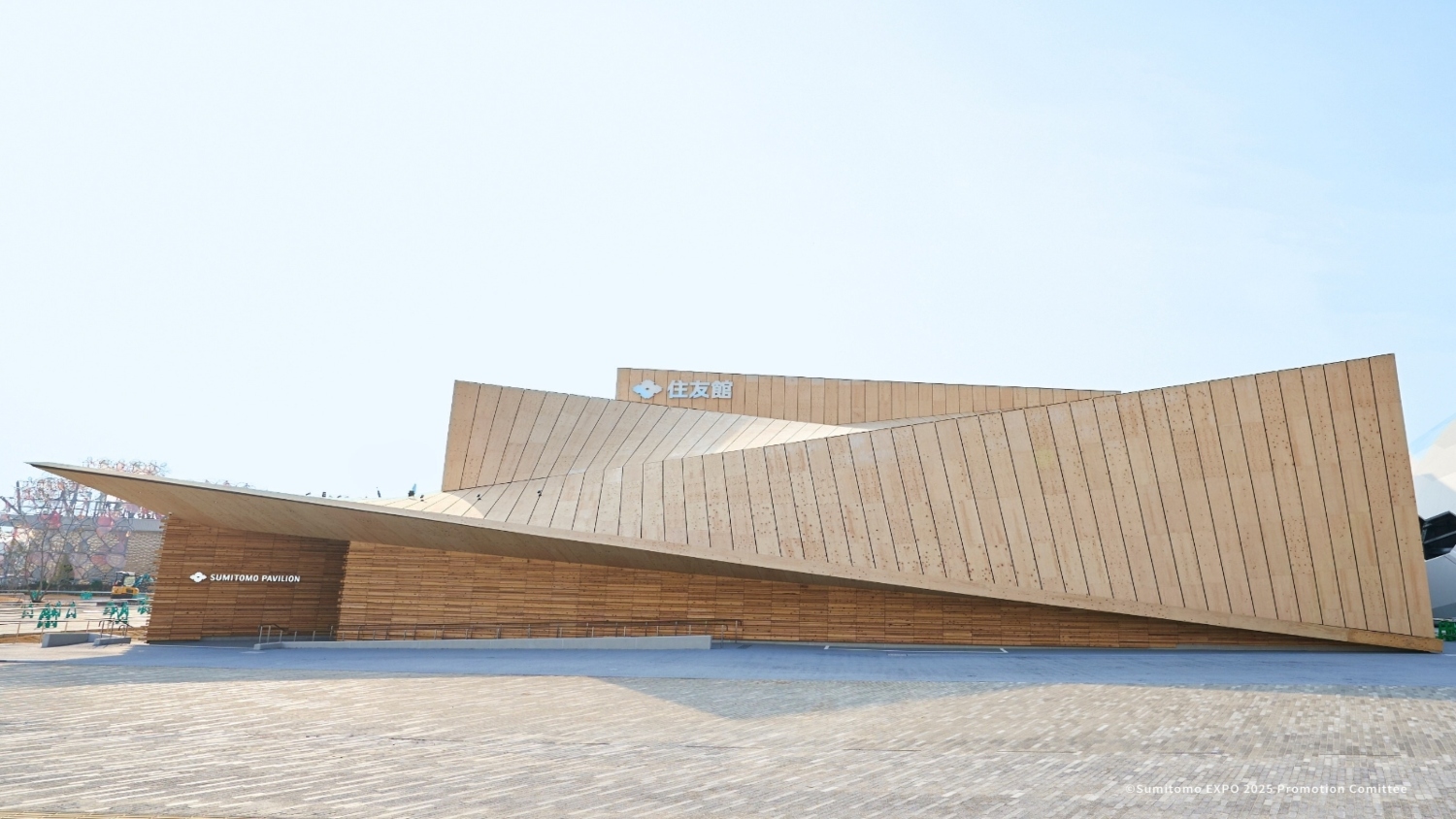
Sumitomo Pavilion
The Sumitomo Pavilion invites visitors into the “UNKNOWN FOREST,” an interactive experience where handheld lanterns guide guests through a sensory-rich environment. The journey culminates in a performing theatre featuring dynamic visuals, wind, and fog effects, creating a multisensory narrative that celebrates the mysteries and wisdom of nature.
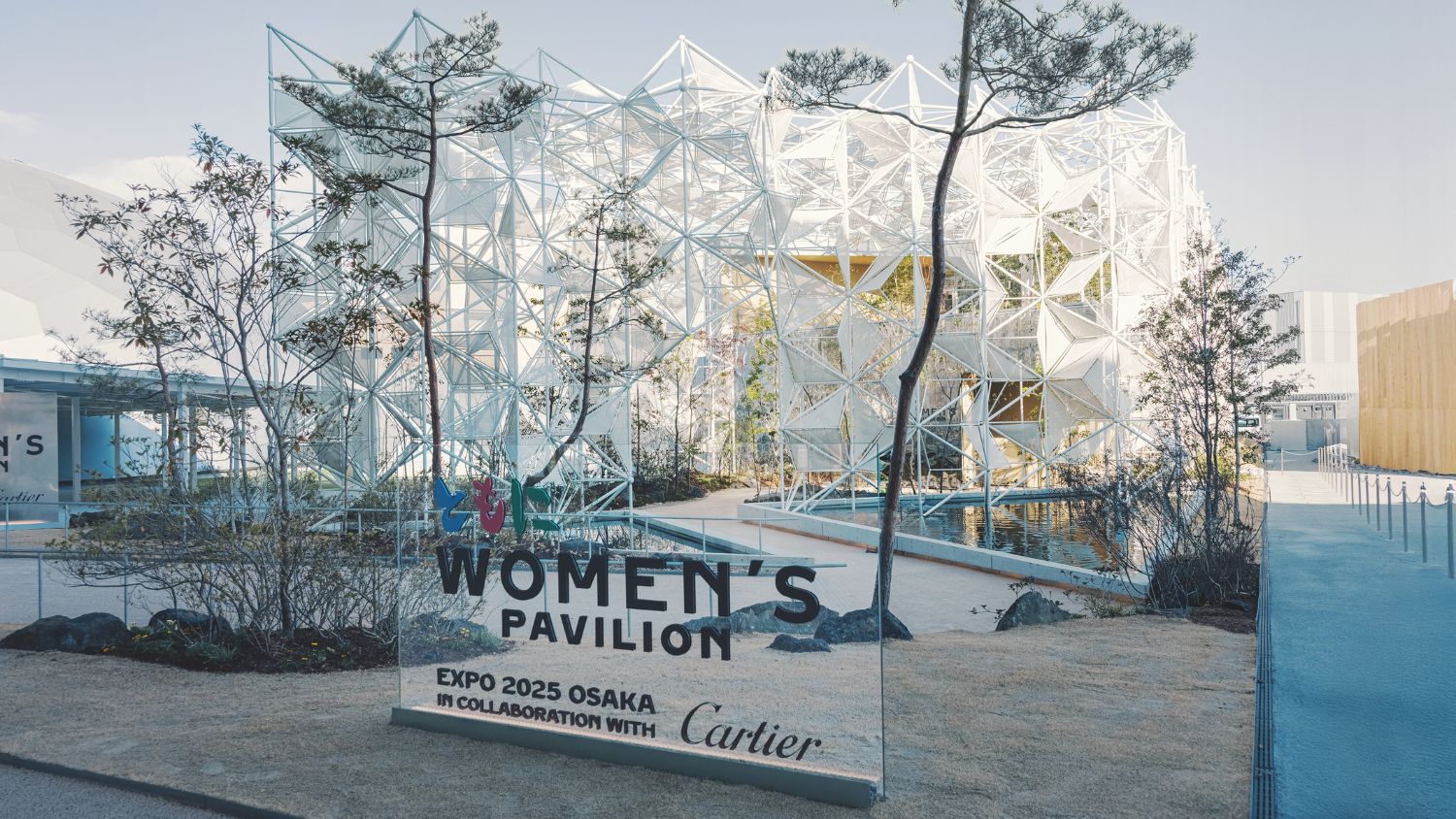
Women’s Pavilion by Cartier
Designed by Japanese architect Yuko Nagayama and curated by Es Devlin, the Women’s Pavilion by Cartier focuses on gender equality and women’s roles in society – where all individuals can reach their full potential. The pavilion features works by artists like Naomi Kawase and Mariko Mori, bringing together immersive experiences that explore themes of empowerment and sustainability.
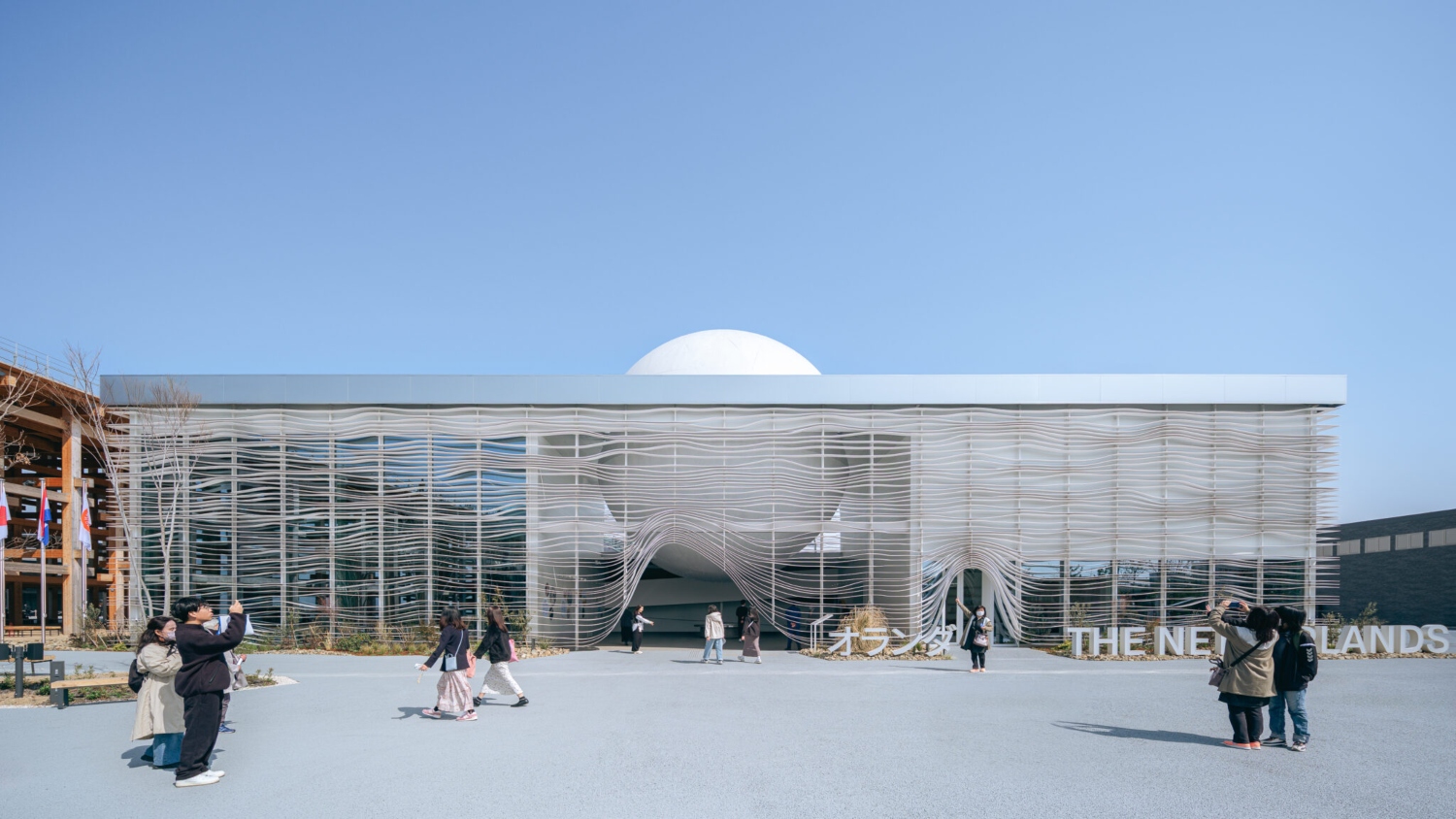
Netherlands Pavilion
RAU Architects’ design for the Netherlands Pavilion centres around a white sphere symbolising the rising sun, encased in a facade of lamellas representing flowing water and representing a new dawn. This structure celebrates the 425th anniversary of Japan-Netherlands relations and emphasises renewable energy and sustainability, particularly in regards to circularity, inviting folks to solve global challenges together.
Featured image: Hufton + Crow



